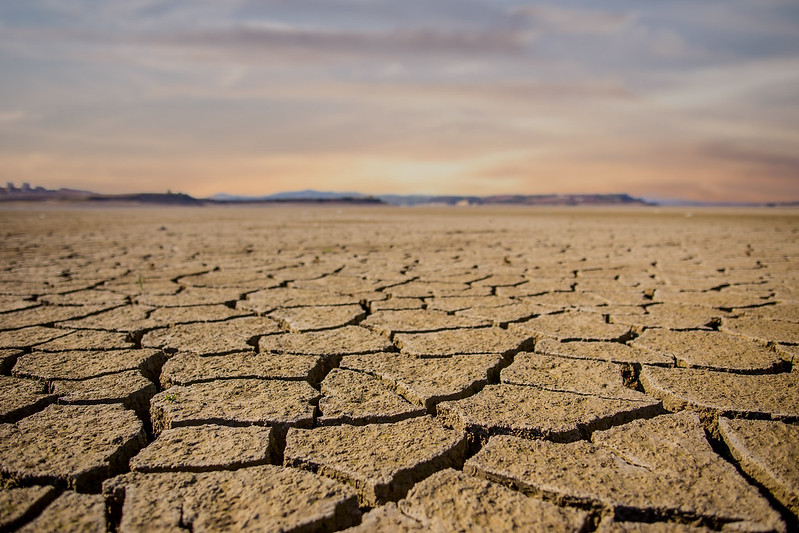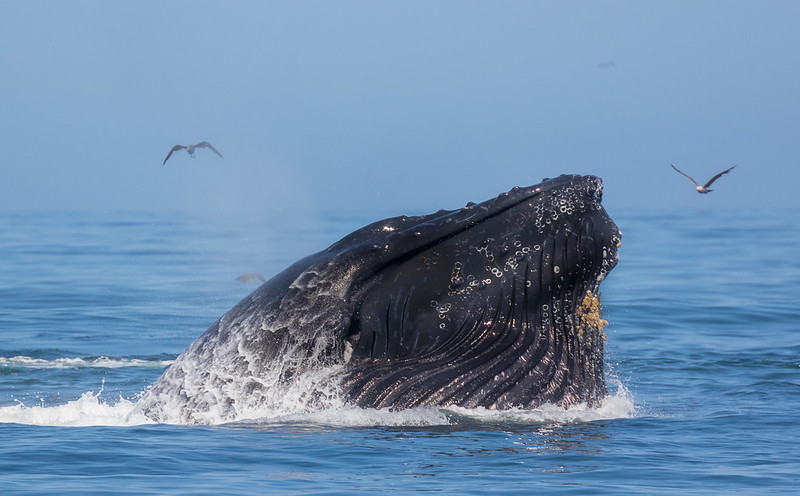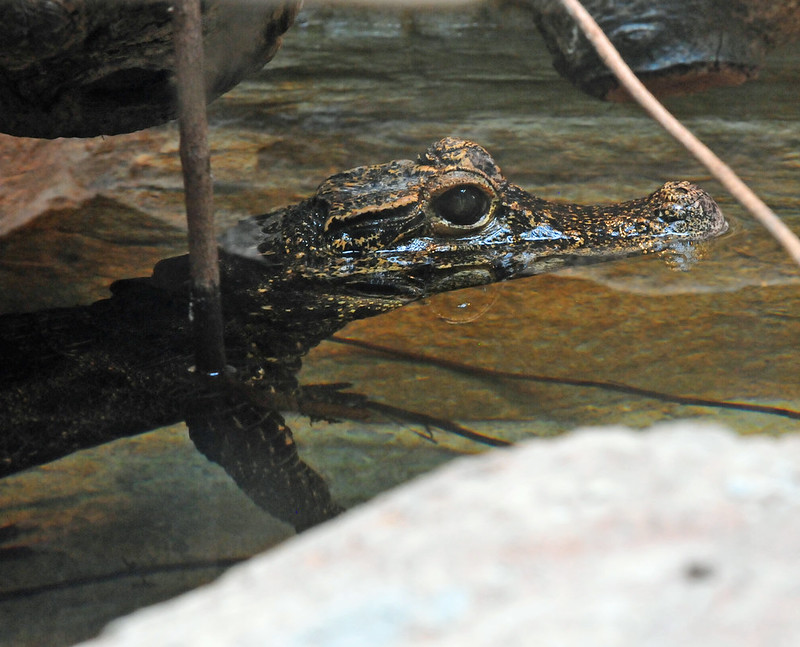Extreme heat from climate change may make parts of the Earth uninhabitable. An interdisciplinary team of researchers from the Penn State College of Health and Human Development, Purdue Institute for a Sustainable Future and Purdue University College of Sciences modelled global temperature increases from 1.5°C to 4°C – a worst-case scenario. They found that a further increase of around 1°C would mean that 2.2 billion people would experience many hours of heat that surpass human tolerance thresholds. It would be particularly concerning for residents of high-humidity areas where heatwaves would be considerably more dangerous for human health.

Whales and dolphins in the US are losing food and habitat to climate change, according to a new study. Researchers from the National Oceanic and Atmospheric Administration found that over 70% of American marine mammal species stocks are vulnerable to threats associated with warming waters. This includes shrinking food and habitat availability, changes to ocean chemistry and reduced dissolved oxygen levels. Large whales such as North Atlantic Right Whales and Humpbacks are most at risk from the effects of climate change. This comes on top of new research published in Nature Climate Change that suggests that marine heatwaves are infiltrating deeper parts of the ocean, the consequences of which could have widespread impacts on marine ecosystems.

Conservation
Beavers have been reintroduced to west London for the first time in 400 years. The release of a family of five Eurasian Beavers to wetlands in Ealing comes as part of a push to improve biodiversity and mitigate the impact of climate change. There had been plans to spend money on flood prevention measures in the area but beavers were considered to be a more cost-effective natural solution.
Canada rejects pleas from environmental groups to protect endangered owl habitat. One wild-born owl remains in British Columbia where logging has severely impacted the species’ old-growth forest habitat. The decision means that the future of the species is uncertain. The rejection of an emergency order for the protection of the owl comes after an eight-month delay since the environment ministry was required by law to recommend an emergency order under the Species at Risk Act. Environmental groups have responded with legal action following the delay. Biologists advise that the species could recover with adequate protection of old-growth forest habitat.
Extinction Risk
Almost half of flowering plants could be threatened by extinction, scientists have warned. Researchers analysed data from the World Checklist of Vascular Plants, the world’s most comprehensive database of plants available, and the International Union for Conservation of Nature’s Red List of Threatened Species and found that 45% may be at risk of extinction. Other key findings suggest that 77% of the 19,000 new plants and fungi species discovered since 2020 are endangered and that only 10% of an astounding 2.5 million species of fungi have been discovered.

Similar numbers of male and female sea turtles give hope for the survival of the species. Papua New Guinea’s Conflict Group’s analysis of turtle hatchings between 1960 and 2019 showed that an average of 46.2% have been female. Sea turtles are susceptible to rising temperatures due to their sex determination being temperature dependent. Scientists suggest the results are “likely rare in the global context” with sand temperatures having risen by 0.6°C over the same period. Another study of Green Sea Turtles from the same latitude showed that more than 99% of hatchlings were female, spelling decimation for the population.

Discoveries
A small West African crocodile can moo like a cow, audio recordings reveal. Scientists use audio recordings to monitor elusive crocodile species which are difficult to confirm via visual surveys. The tiny African Dwarf Crocodile (Osteolaemus tetraspis) inhabits the swampy forests of West Africa. Scientists believe that the crocodile is quite common given its common occurrence in the bushmeat trade. Consequently, they are using audio recordings to listen out for its calls and have discovered that the crocodile, surprisingly, moos like a cow.

Animals fear the sound of a human voice more than that of a lion, according to researchers. A study in South Africa’s Kruger National Park found that, when playing recordings of human voices, 95% of animals were extremely frightened and ran away. Snarling and growling lion recordings provoked significantly less alarm among the wild mammals. The response to the recordings, which included human speech from local languages, suggests that animals have learnt that contact with humans is lethal. Researchers have noted that this may present a challenge for areas relying on wildlife tourism, as visitors can inadvertently scare away animals.







